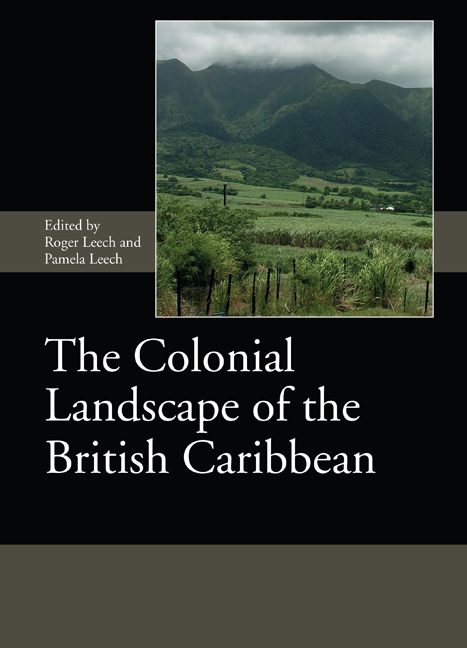5 - Changing Technology in the West Indian Sugar Industry, 1650–1920: A Visual Introduction
Published online by Cambridge University Press: 31 March 2021
Summary
SUMMARY: This paper traces the technological changes in the manufacturing processes of the sugar industry in the West Indies from the 17th century into the 20th century. While the field work of planting and harvesting cane remained largely manual labour, the processing of cane into sugar changed dramatically over time. Power sources, equipment, and organization of the industry were part of a slow evolution, with different technologies existing concurrently. My examination of this evolution is based on period documentary sources, such as technical treatises, which provide an overview of the industry, and images, from early engravings to 20th-century photographs.
From the beginning of sugar production in the West Indies into the 20th century, work in the cane fields relied largely on the hoe for planting (Fig. 5.1) and the machete (‘cutlass’) or the bill hook (‘cane knife’) for harvesting (Fig. 5.2). The cut cane was loaded onto carts or wagons (Fig. 5.3) and taken to the mill to be crushed, or ‘ground’.
These mills employed one of three sources of power: animals, water, or wind. Animal, or ‘cattle’ powered mills were the simplest to construct (Fig. 5.4). Mules or horned cattle were harnessed to a central drive shaft which turned a set of vertical rollers to crush the cane. Although the initial capital outlay was less than required for other power sources, there was considerable expense involved in maintaining the necessary livestock. Water power (Fig. 5.5) was popular on islands where streams were plentiful and reliable, such as Jamaica and St Lucia. The initial investment in equipment was substantial, but upkeep was lower.
Wind power (Fig. 5.6) was common on many islands where breezes were fairly constant. Construction of a windmill required a bigger outlay of money than setting up either a cattle-or water-powered mill. However, in locations where water power was not available, wind was more efficient than cattle power. The major drawback to the windmill was that, even if breezes were reliable, they could not be guaranteed. Period books and articles on sugar production recommended that a windmill be augmented with a cattle mill in case the wind died.
- Type
- Chapter
- Information
- The Colonial Landscape of the British Caribbean , pp. 73 - 88Publisher: Boydell & BrewerPrint publication year: 2021



